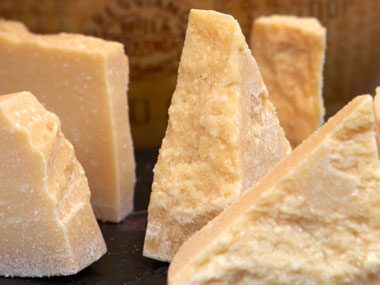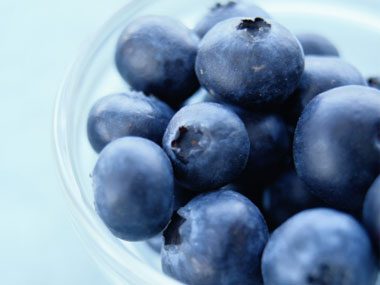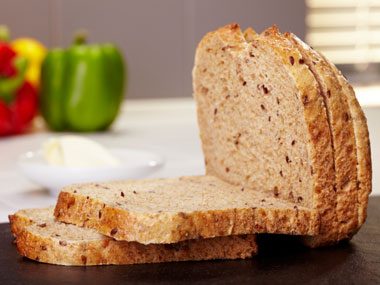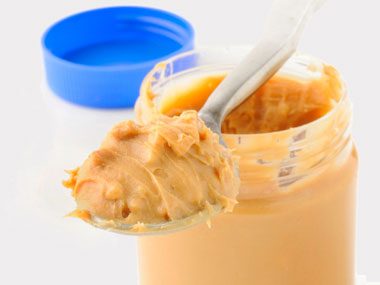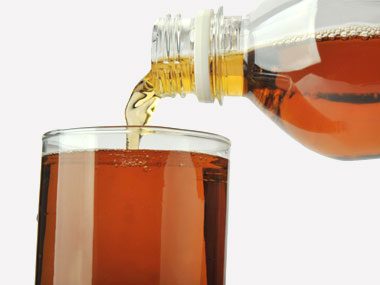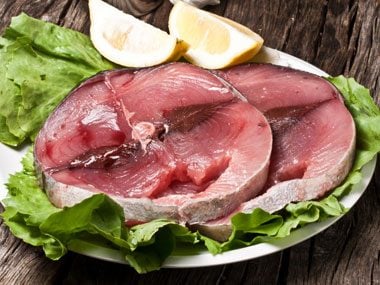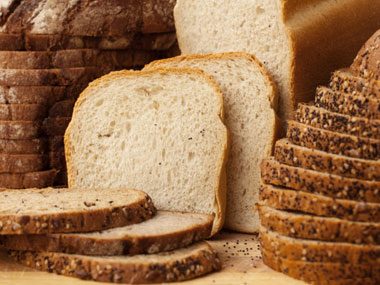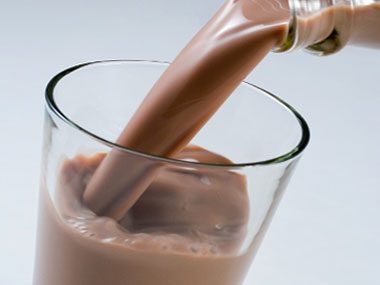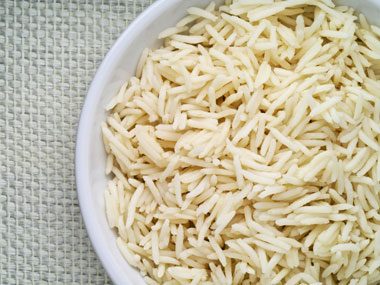So says the latest report from the U.S. Centers for Disease Control and Prevention. Researchers at the CDC’s National Center for Health Statistics examined survey data from thousands of American adults to figure out whether we’re following the 2010 Dietary Guidelines for Americans. These guidelines advise us to limit our total intake of added sugars, fats and other “discretionary calories” to between 5% and 15% of total calories consumed every day.
It should come as no surprise that Americans as a whole are blowing past the 15% limit. In fact, the new report finds that from 2005 to 2010 we got 13% of our total calories from added sugar alone, according to the CDC report. This is a problem not just because sugar is full of calories that cause us to gain weight, but because sugary items often displace fruits, vegetables and other foods that contain essential nutrients.
Overall, men consumed more sugar per day (an average of 335 calories) than women (239), the researchers found. But as a percentage of total calories consumed per day, men and women were pretty even — 12.7% vs. 13.2%.
Adults tended to eat the most sugar in their 20s and 30s, with consumption falling steadily over time. For instance, men between 20 and 39 ate and drank 397 calories of added sugar per day, on average, while men in their 40s and 50s consumed an average of 338 such calories per day and men in the 60+ crowd consumed 224 calories of added sugar daily. For women, the daily consumption peaked at 275 calories in the 20-39 age group before falling to 236 calories for those 40 to 59 and a mere 182 calories for those 60 and older. For both men and women, added sugar’s contribution to total calories fell steadily from the 14% range to the 11% range.
African Americans got more of their calories from added sugars — 14.5% for men and 15.2% for women — than whites (12.8% for men, 13.2% for women) or Mexican Americans (12.9% for men, 12.6% for women). The differences between whites and Mexican Americans were not statistically significant.
The researchers also discovered that the poorer people were, the bigger the role that added sugars played in their diets. Women in the lowest income category got 15.7% of their calories from sugar, compared with 13.4% for women in the middle income category and 11.6% for women with the highest incomes. For men, the corresponding figures were 14.1%, 13.6% and 11.5%.
Although sugar-sweetened soda is the single biggest source of added sugars in the American diet, beverages overall accounted for only one-third of added sugars consumed by adults, compared with two-thirds from food. In addition, about 67% of added sugars from food were eaten at home, along with 58% of added sugars from drinks.
The researchers noted some differences between their findings for adults and what other studies have reported about children and teens. For example, the contribution of added sugars to total daily calories was comparable for black and white children and lower for Mexican-American children. And, children and teens of all income levels get the same proportion of daily calories from added sugars.
Added sugars do not include the sugars that occur naturally in fruit and milk. As the name implies, added sugars are used as ingredients in prepared and processed foods and drinks. For the sake of the analysis, other forms of added sugar included brown sugar, raw sugar, corn syrup, corn syrup solids, malt syrup, pancake syrup, fructose sweetener, liquid fructose, anhydrous dextrose, crystal dextrose and dextrin.
By Karen Kaplan, Science Now blog.






